Roraback Girl
Roraback Wildlife Management Area, Harwinton
May 6, 2018
I’m going to do a rare thing here in Harwinton. I hiked all seven currently trailed properties on one (rainy) morning, so I’m going to sort of serialize the write-ups. If for some reason you want to start at the beginning, go here, to the Kalmia Sanctuary.
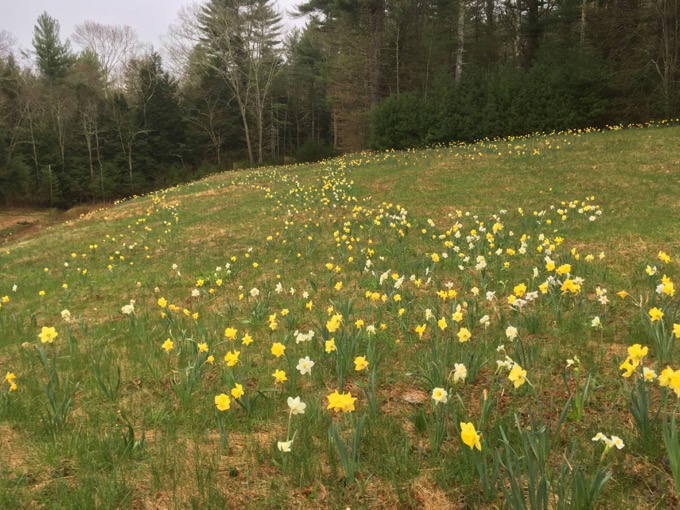
When I put my CTMQ Town Guides together, I have a whole system of certain places to check online for things I don’t want to miss. The state of Connecticut has a fairly well defined set of state parks and forests, but when you look deeper for the scenic preserves and – goodness gracious – wildlife management areas, good luck.
(My friend Matt has them all listed on his site here.)
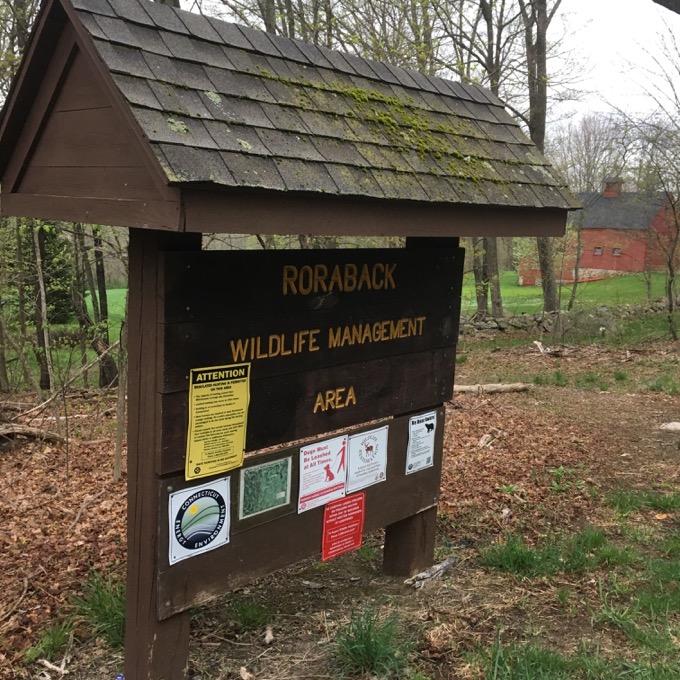
Some WMA’s are very well known like Sessions Woods in nearby Burlington. Most are only known to the handful of hunters who use them for their hobby. So imagine my surprise when I poked around looking for Roraback stuff. Notably, at 1,976 acres, it is the largest WMA in the state!
Someday, when you’ve made it to round 73 of Connecticut Trivia Challenge and are asked “what is the largest wildlife management area in the state?” you’ll know. Roraback. You’re welcome.
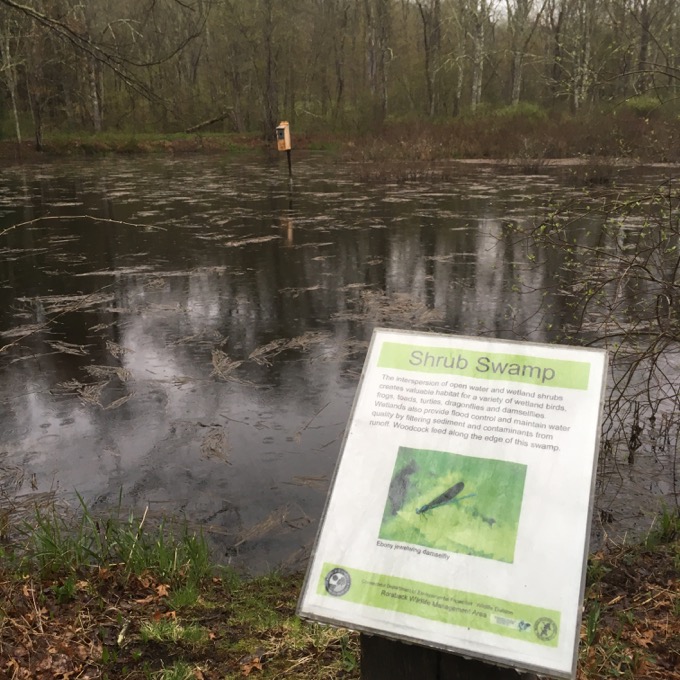
My second surprise was receiving a comment from reader Julie Vecchitto who had some local intel about Roraback:
I live in Harwinton and would like to share a special spot in Roraback Wildlife Management Area with you. A couple of New Yorkers had a second home here, one of whom was an ER doc in the city. After 9/11, they undertook planting 3000 daffodils by a lake in Roraback to remember the people who were killed in the terrorist attack on the World Trade Center, and every year they add more.
Whoa. Fortuitously, she made her comment in late April, just a few weeks before daffodils bloom. It was these daffodils (and ultimately Julie’s comment) that precipitated my full morning of Harwinton hiking. Thanks Julie!
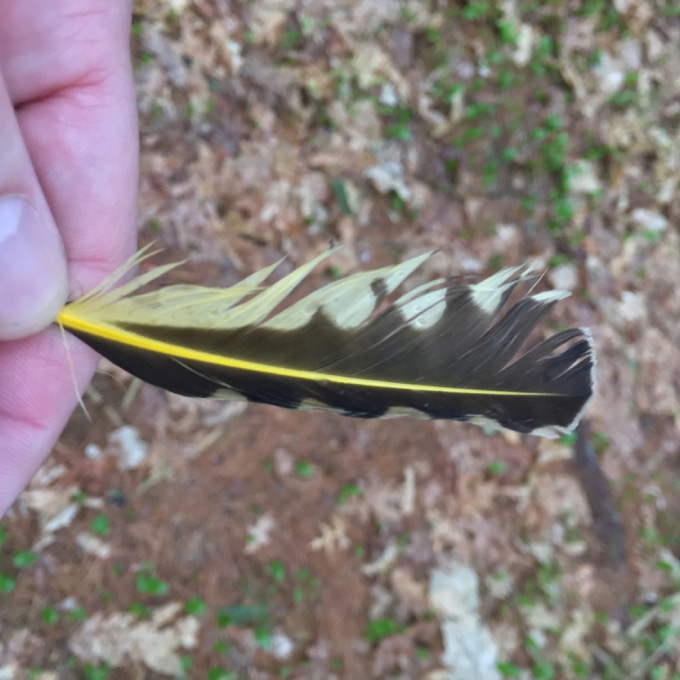
Goldfinches like Roraback
The property was acquired by the Roraback family over a 5-year period commencing in 1930. The property was gifted to the State of Connecticut, Department of Energy and Environmental Protection (DEEP) in 1982, from the estate of Lewis P. Roraback. It was the family’s request that the property be maintained as undeveloped open space and be used for outdoor recreational activities, such as hunting, fishing, and trapping.
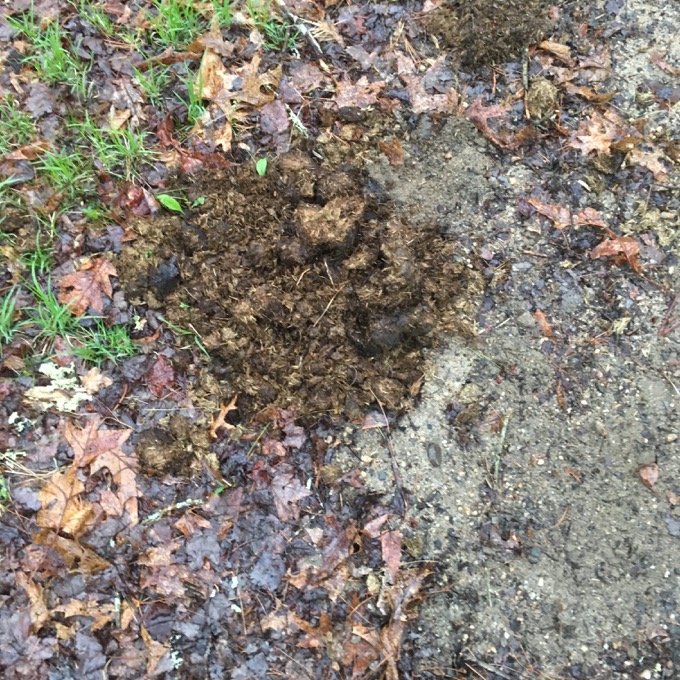
So do horses… Lots and lots of horses
And thanks to you too, Roraback family. There are several entrances with parking areas all over Harwinton, but for our purposes, I’ll stick to what I’ll call the main entrance on South Road. It’s here that the DEEP has created the Roraback WMA Demonstration Trail. I’ll warn you though, the map provided within their online guide is garbage. In 2018 anyway.
Fortunately, Julie had emailed me detailed directions to the daffodils – which are not on the Demonstration Trail. She also told me to park and walk north up South Road to a road entrance. It was raining, so I figured, “eh, I’m going to cut that corner and walk through this field.”
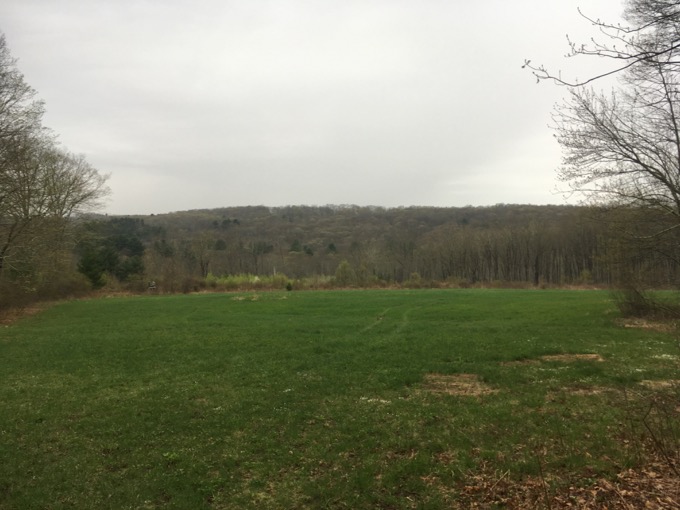
This field
Just a field. What’s the problem? Oh. What do they grow here, rice? This is not a fun field to traverse. Don’t walk across this field. Listen to my friend Julie.
I made it over to the woods road and walked down the hill. Soon, the DEEP Demonstration signs began popping up along the way; telling me all about the state’s Early Successional Habitat Management Project here. Exciting stuff to be sure.
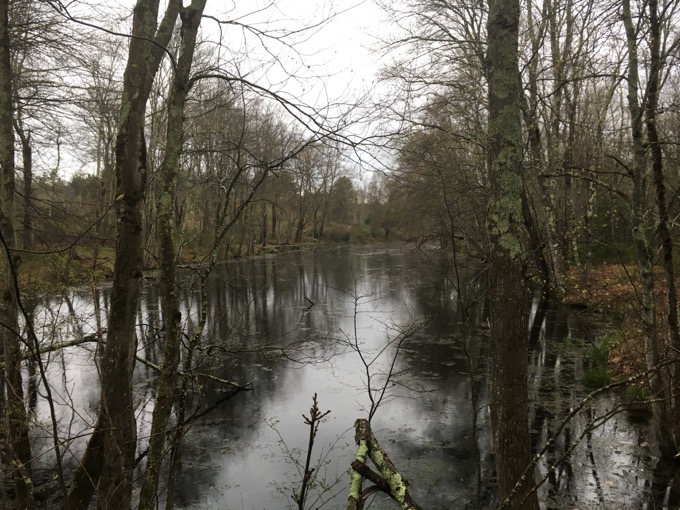
Managed thickets! Brush piles! Riparian zones! Drumming logs!
Say what? Drumming logs? I majored in Ecology and Evolutionary Biology and I am fairly well versed in Early Successional Habitat Management Projects, but this was new to me.
Male ruffed grouse defend their territories and advertise for a mate by “drumming”. The drumming sound is made by beating his wings against the air. A log often serves as a stage for drumming display. This tree was cut and left to serve as a drumming log.
Ah. Makes sense. Here is a video of these guys drumming. I guess my confusion lies in the fact that… aren’t there enough fallen trees to serve as natural “drumming logs” already?
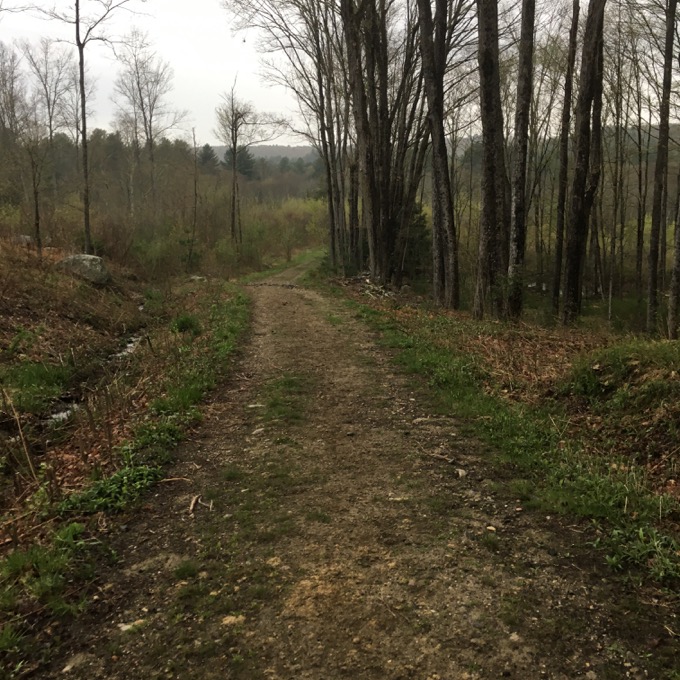
Moving on. The Demonstration Trail, which isn’t marked – but you can sort of follow it by noting signs up ahead, continues around a shrub swamp… but I wasn’t too interested in that. I hugged the shore of the larger pond per Julie’s instruction. There are all sorts of roads and trails at Roraback and I would strongly suggest you have your wits about you here. I imagine it’s probably pretty easy to get mixed up and lost.
My walk took me through a beautiful stand of pines as I made my way towards the other end of the pond. I just looked it up on a DEEP map and this pond is called Valley Pond. I’d guess no one knows that though. But now you do.
For the round 73 of Connecticut Trivia Challenge bonus question.
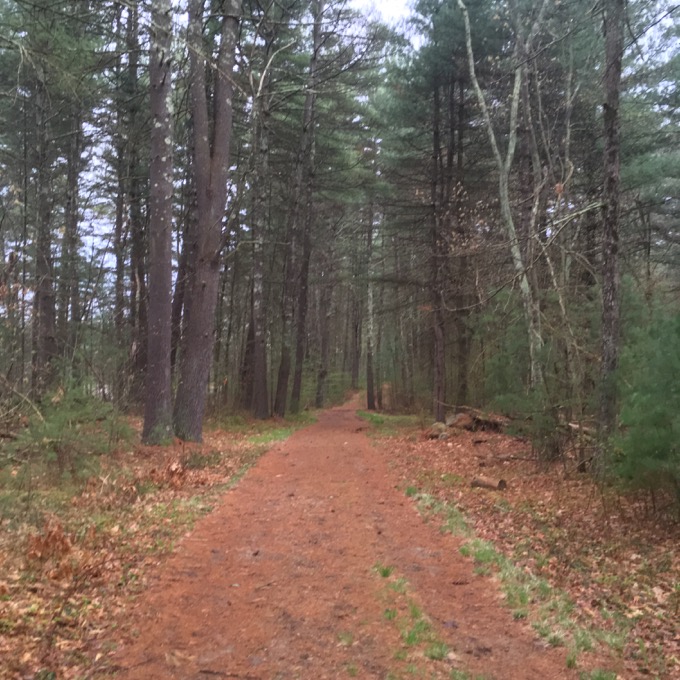
As I approached the dammed end of the pond – er, Valley Pond – I began noticing the daffodils. Dozens, hundreds, thousands of them. A field of sunshine on a dreary, rainy day! Such a cool idea this is and I really love how it serves as a memorial to a solemn day. I imagine it is always quiet here; in Harwinton, off the beaten path, a mile or so from any road… And I like the fleeting nature of it as well.
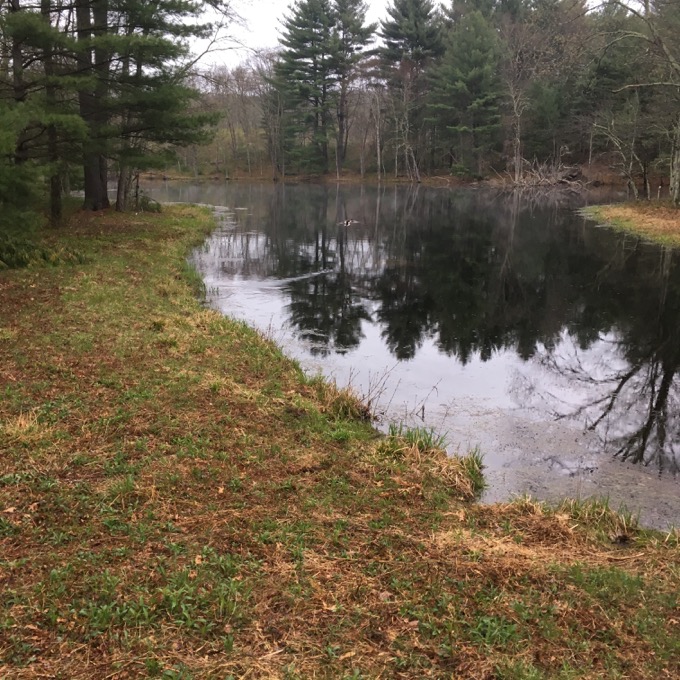
I was probably a week to 10 days early to get the full effect, but it was beautiful just the same. I was all alone, in the rain, and took a moment to just appreciate what I have. It was nice. I like nice sometimes.
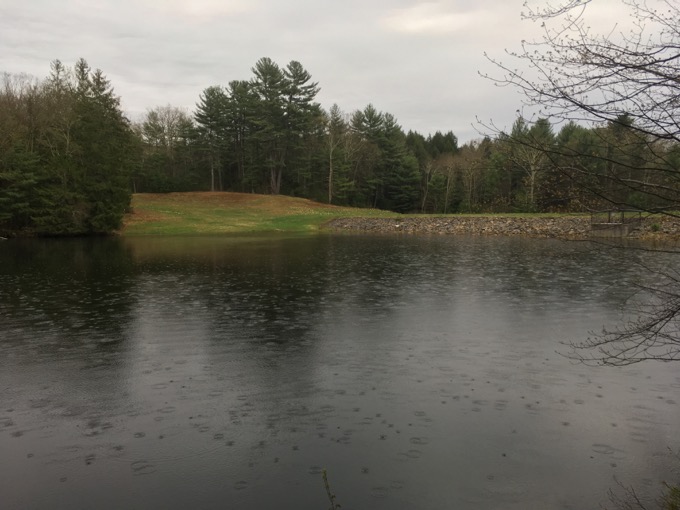
I could have turned around and followed my steps back to the car, but I figured I could figure it out on my own. A faint trail hugged the shoreline on the other side of the pond, so I began following it. This appears to be a fisherman’s or hunter’s trail, but it wasn’t difficult to follow.
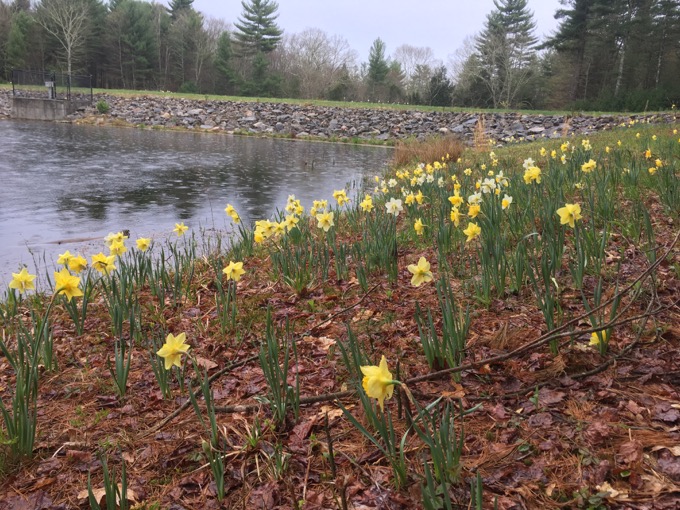
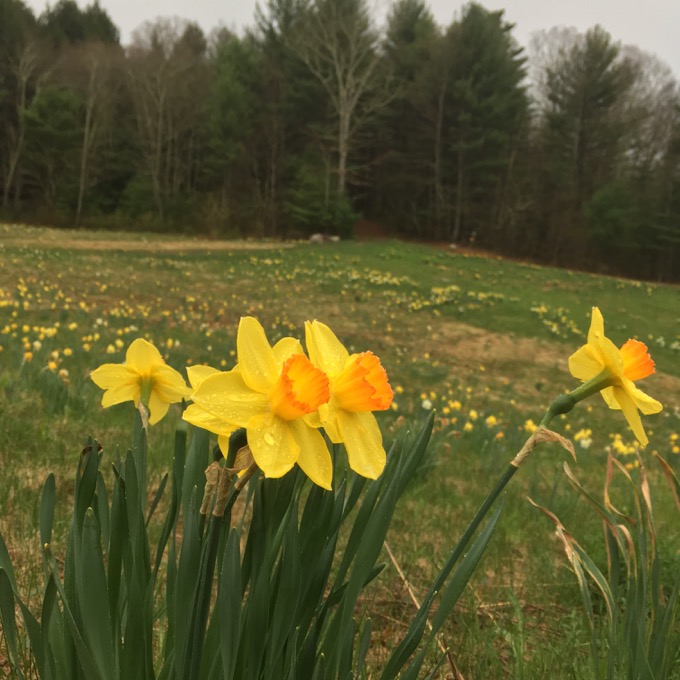
I just wasn’t sure how it would link up with the more official trails to take me back to my car. I was faced with a few trail splits and kept working my way back to where I felt I should go.
As it began raining much harder, I emerged from the woods and saw some Demonstration Trail signage! (Please note, at the risk of sounding like a pompous jerk, I’m pretty darn good at wayfinding and let’s face it, a large pond works as a pretty good guide.) But again, it would have been quite easy to find myself way south of where I wanted to be.
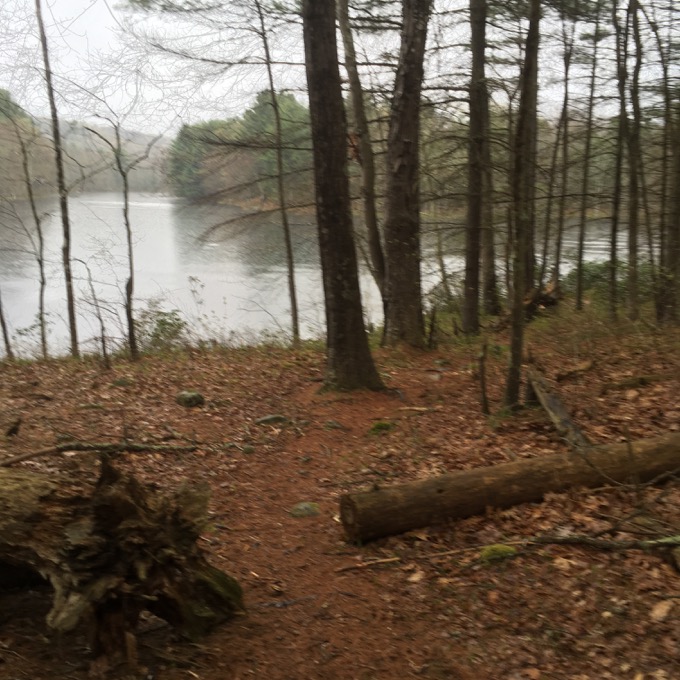
Back up the woods road, up the hill, and surely I walked all the way out to the road and not across the field again because I learned my lesso- nope. Back across the rice paddy field, cursing myself for being the dumbest Ecology and Evolutionary Biology Supreme Wayfinding Early Successional Habitat Management Project Genius you’ll ever meet.
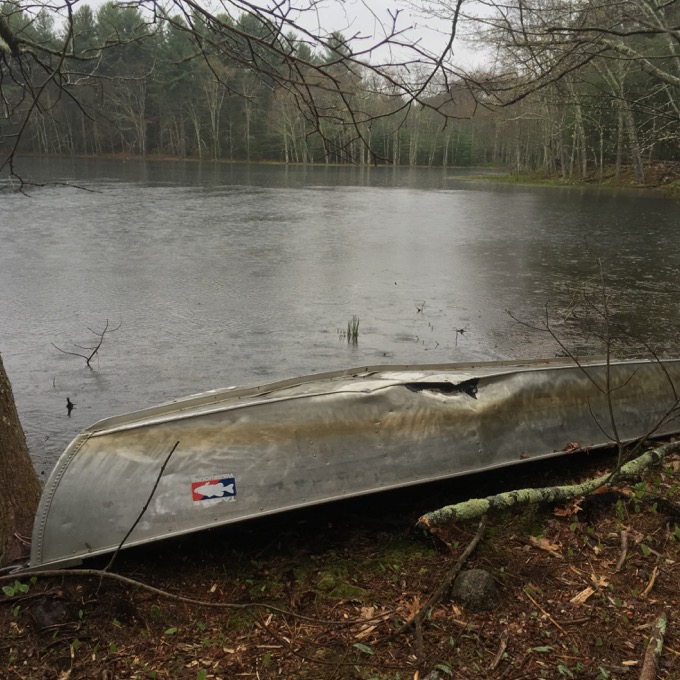
![]()
Up next: HLT’s Forever Forest!
CTMQ’s State Parks, Forests, Preserves, etc.

Leave a Reply